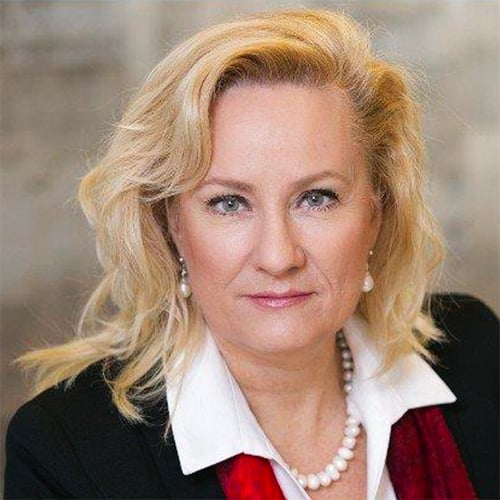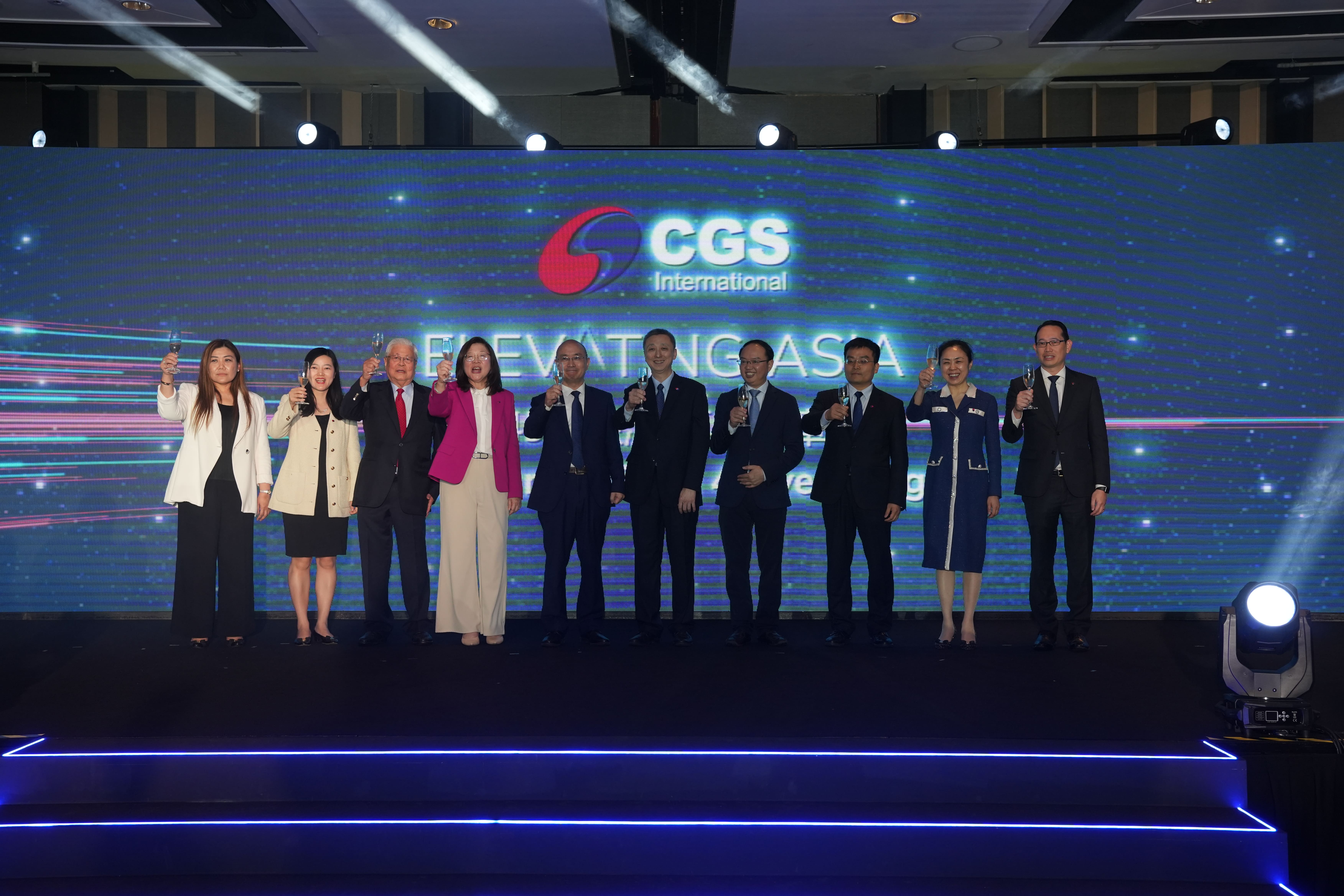Asia has seen a significant increase in exchange-traded fund (ETF) allocations from both new and existing institutional users since 2015, according to the second annual Greenwich Associates Asian Exchange-Traded Funds Study, commissioned by BlackRock. The growth has primarily been fueled by increasing popularity of fixed-income ETFs, and broadening usage and applications of ETFs within investors’ portfolios.
Asian institutions allocated an average of 17.6% of total assets to ETFs in 2016, a significant year-on-year increase from 2.1% in 2015. This level is well above allocations found in other markets such as Europe (7.6%) and Canada (15.2%), and follows that in the US (21.2%) which is the world’s most active ETF trading market, according to the study.
“The significant surge in ETF allocations reflects Asian institutional investors’ increasing confidence in ETFs for a variety of applications. Fueling this year’s growth in Asia has been the take up of fixed-income ETFs. Asian institutions’ appetite for fixed-income ETFs has grown at an exponential rate in 2016, reflecting the continued need for international diversification, the hunt for yield and shrinking bank participation in the secondary market,” says Geir Espeskog, head of ETF and Investment APAC Distribution at BlackRock.
The number of Asian fixed-income ETF investors grew rapidly in 2016, and investors expect the trend of strong growth to continue. Current usage of bond ETFs by Asian institutions has grown to 41% from 32% in 2015. Of current bond ETF investors, 44% plan to increase allocations to fixed-income ETFs in the coming year, up from 14% in the previous study. A quarter of investors planning to boost bond ETF allocations next year expect increases of more than 10%. Of investors not currently using bond ETFs, 26% say they plan to start investing in the funds in 2017 vs 8% in 2015.
Investors cite “easy to use” (80%) and “quick access” (80%) as their top reasons for investing in bond ETFs. Specifically, the shift to a rising and more varied interest rate environment is cited as their first and foremost driver for increasing allocations to fixed-income ETFs.
While searching for yield, many Asian institutions have turned to bond ETFs as a tool for geographical diversification. Their strong preferences for international bonds, including government (30%), investment grade (24%), high yield (24%) and credit (19%), illustrate the capabilities of ETFs to reduce in-house investment resource. These investors have accessed the size and liquidity of the international markets through ETFs.
While diversification is a clear benefit for ETF adoption, nearly half (46%) of Asian institutions trade ETFs in their local markets (U.S. market: 78%; U.K. market: 30%). Locally domiciled assets make up about a third of passive assets in both equity and fixed income (37%).
The growth in ETF allocations is also partly due to the increased use by large Asian asset managers running multi-asset funds. Several large Asian asset managers newly included in the 2016 survey invested upwards of 80% of total assets in multi-asset funds in ETFs, with some allocating more than 90%. Of all respondents, 60% of the asset managers used ETFs in multi-asset funds, ranking second only to the 73% using ETFs in straight equity funds. Within multi-asset funds, these asset managers invested an average 21% of total assets in ETFs, up from 12% in the previous year, which is the same share they invested in mutual funds (2015: 27%).
Growing numbers of Asian institutions are introducing smart beta ETF products into their portfolios. Forty-four percent of Asian institutional ETF investors adopted non-market-cap weighted/smart beta ETFs in 2016, up from 25% in 2015. The rising demand reflects investor demand for specific outcomes from their investments. Among institutions investing in smart beta products, 54% expect to increase allocations to these funds in the next year, nearly doubling the share of users projecting allocation increases in the 2015 survey.
“We expected that fixed-income ETFs will continue to be one of the main drivers for ETF growth in the region in 2017, as Asian institutions progress in the use of ETFs,” says Espeskog.
Photo courtesy of BlackRock.









